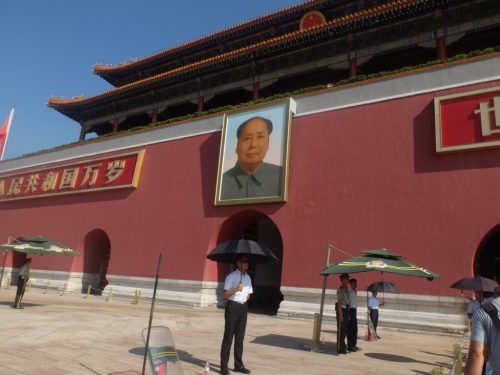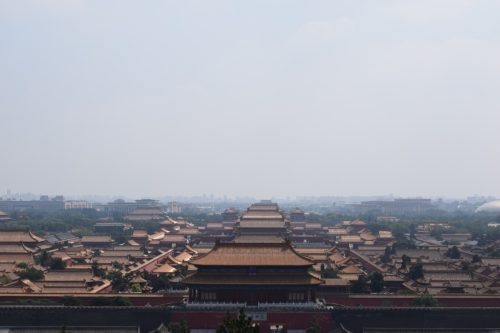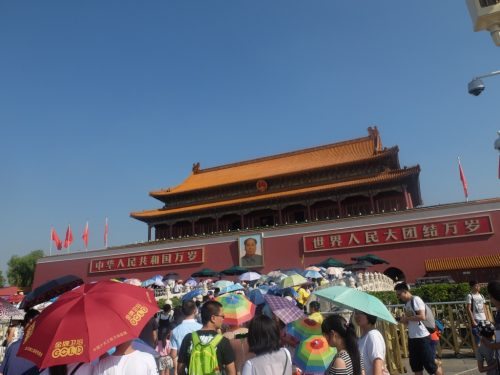Today we went to visit the Imperial City, in the center of Beijing. The Imperial City, or Forbidden City, used to be the residence of the Emperors and until the Republic was forbidden for the public.
Kircher in the China Illustrata describes the center of Beijing with this words:
“There are vast city walls in the form of a square area of incredible size. Each wall has three main gates and next to it one finds a magnificent palace (…) the city is known with the name Cathay or Pekin and since antiquity has been noted royal city.”
This description matches the Imperial City we visited. Even today, Beijing’s most famous attraction is its Imperial City which the Jesuits were only able to see from the outside as entrance was forbidden!

The walls surrounding the Imperial City
The impressive walls surrounding the city are still visible today with minor changes brought on by history.
The magnificent palaces the Jesuits could only see from outside today receive around 80,000 thousands of visitors per day.


According to Kircher, a large marble stone was erected in front of the Imperial City by one of the Emperors as an eternal memorial to his desire for Christianity to be spread by royal edict in the whole empire.
However, we did not find this stone as today it is not allowed to walk around the walls of the Imperial City as the perimeter is controlled by police checkpoints. Moreover, we were kept from discovering the stone as the crowd of thousands of Chinese tourists with much more resistance to heat and fatigue than us did not enable us to walk around freely!
